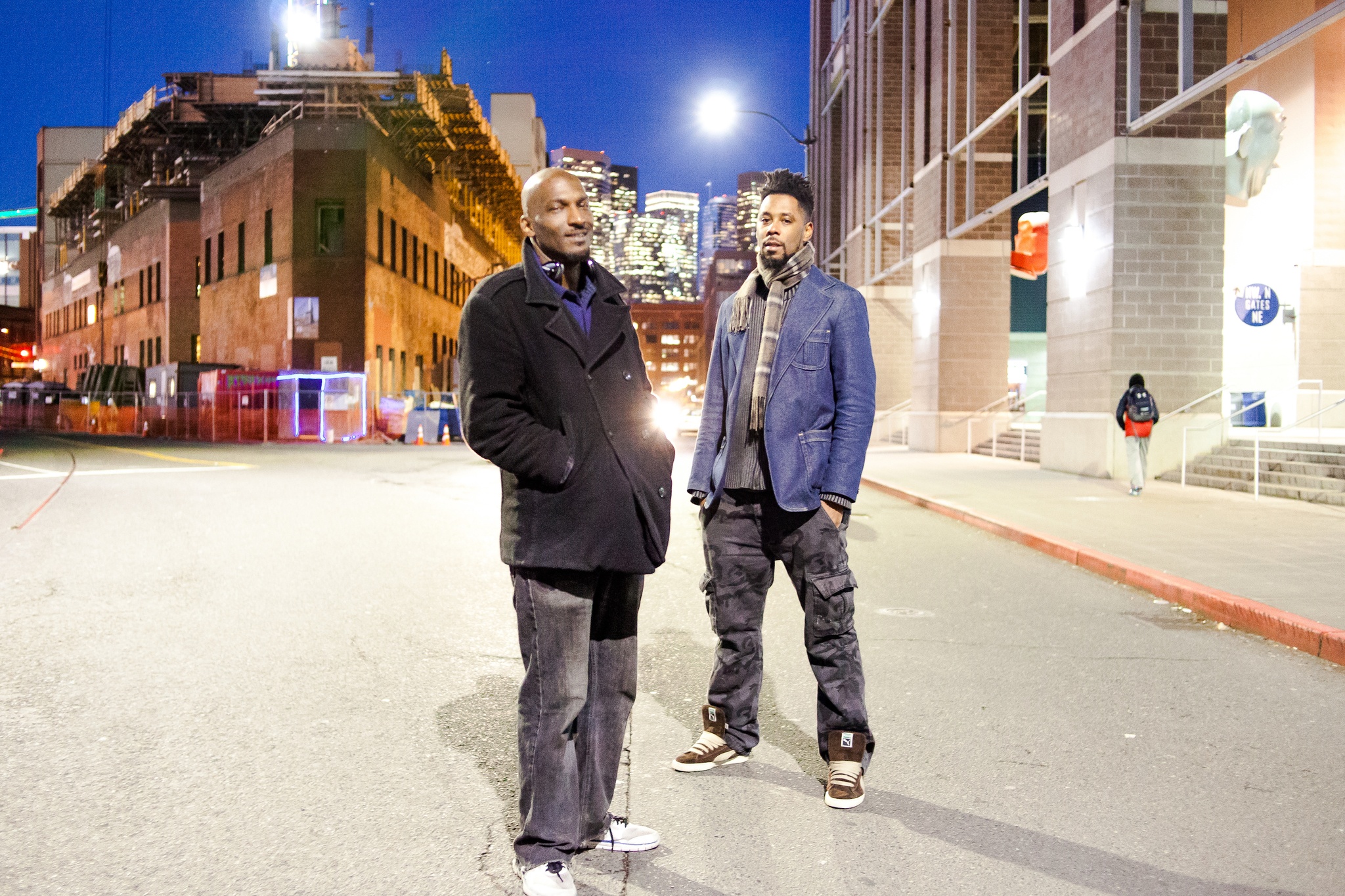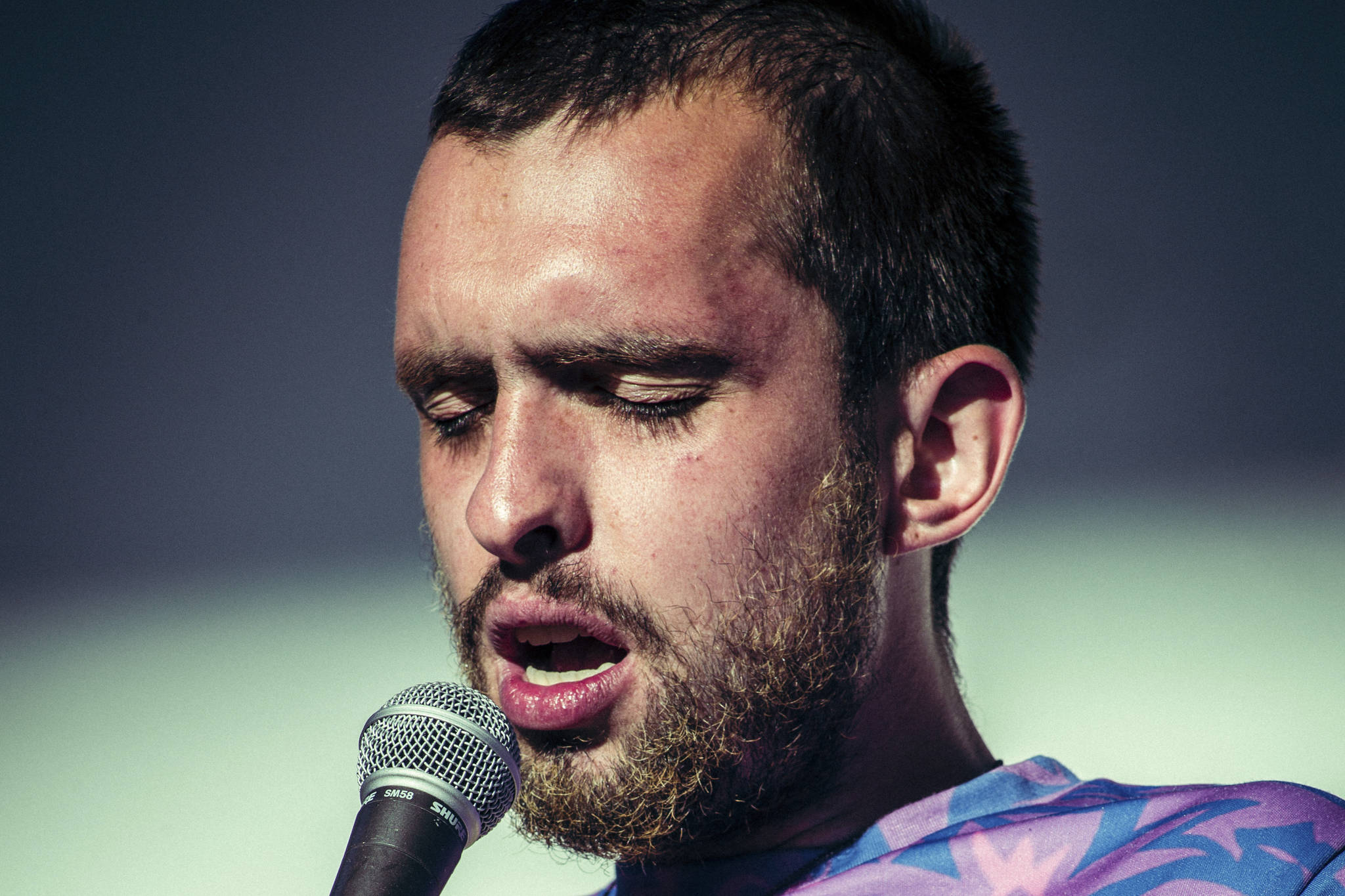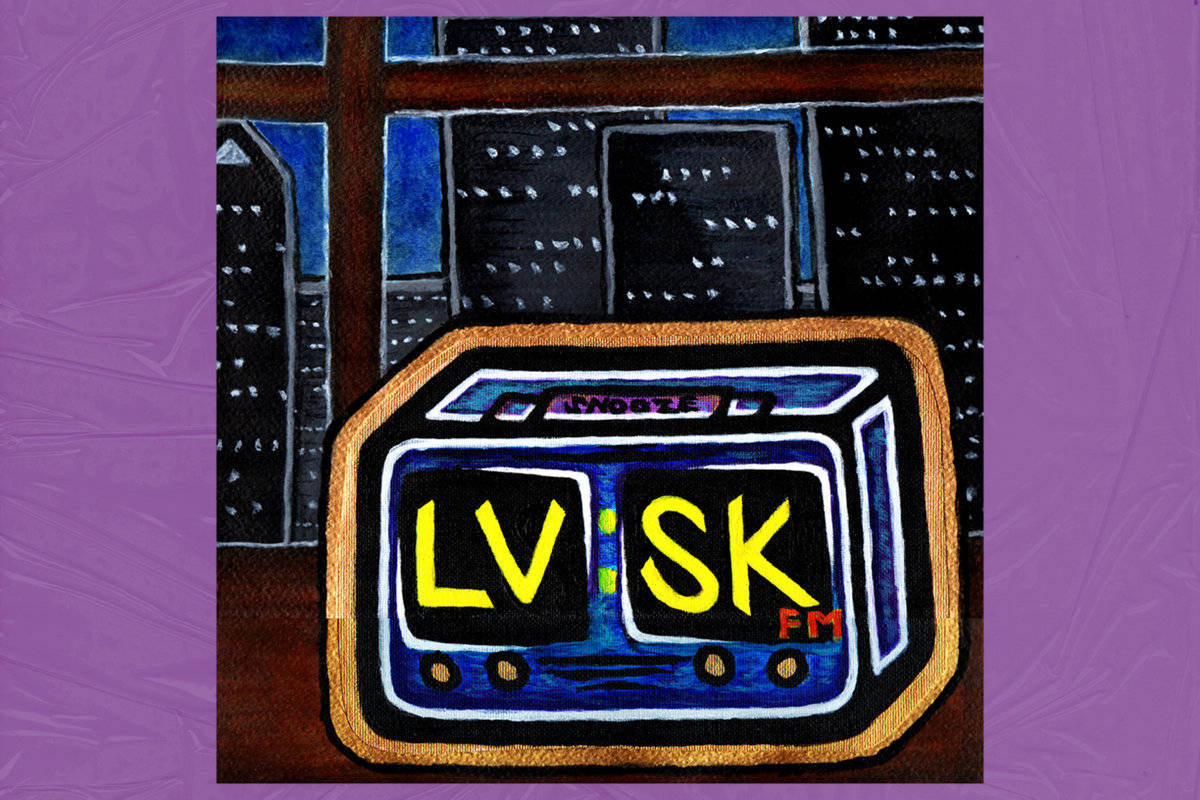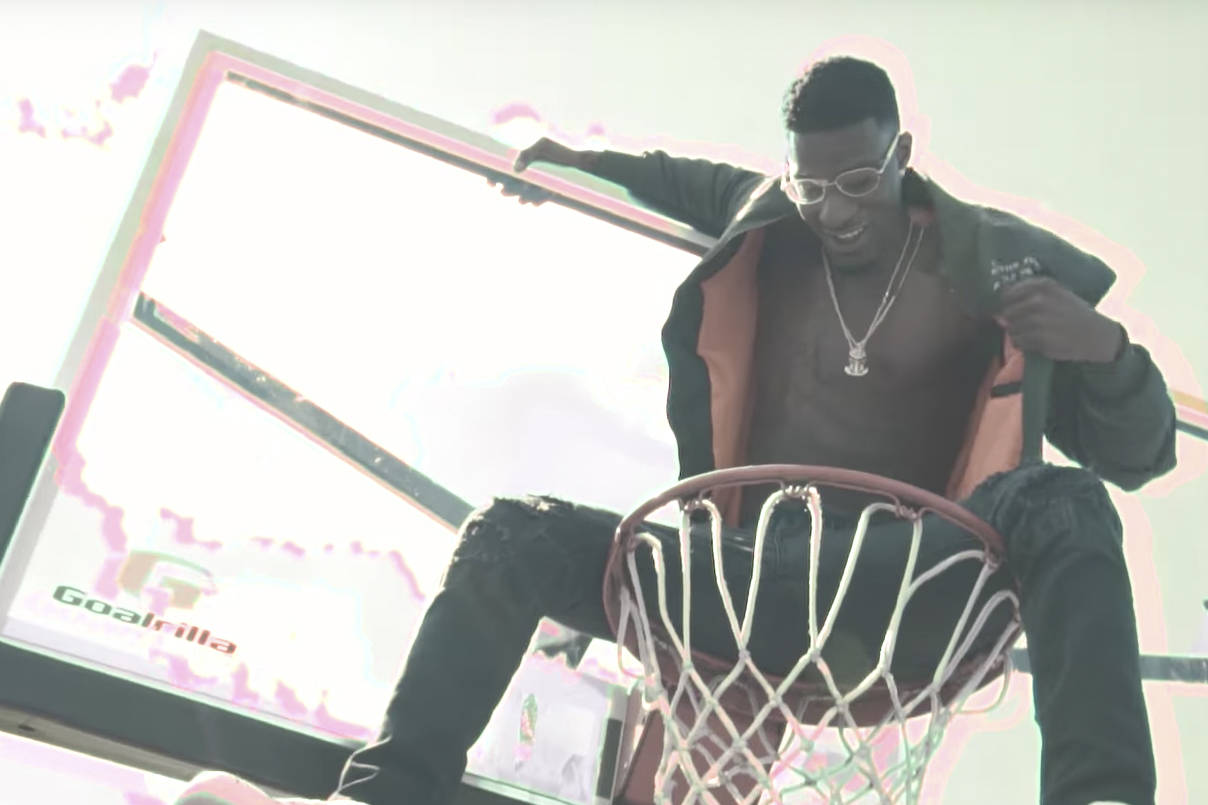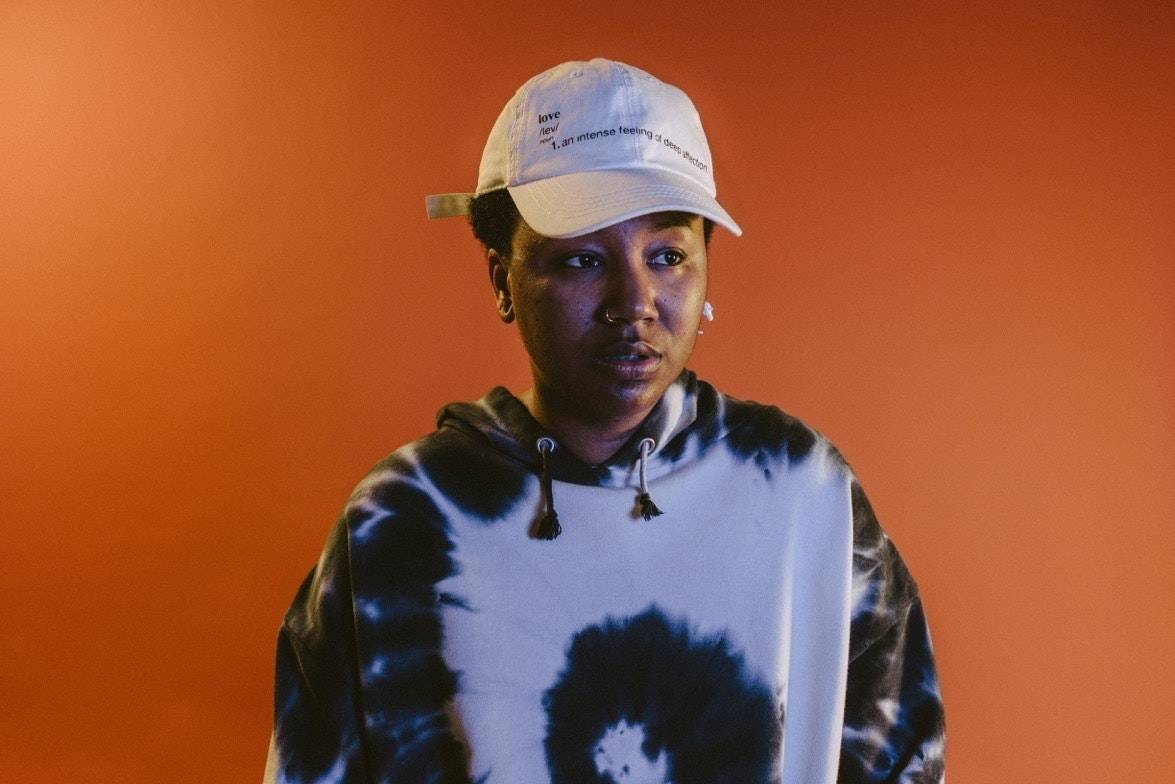Sitting on the back patio at The Station Café on Beacon Hill, the two founders of Ghetto Chilldren take me on a stroll down memory lane. There’s a reason to bust out the stories: The legendary local hip-hop duo is getting ready for a reunion show at MoPOP that will end a 19-year hiatus. They’ve taken a break from rehearsing to chat with me about the old days.
“We gone go back. Way back. To them tapes I was telling you about,” Bill Rider, aka B-Self, explains to me as Derrick Brown, aka Vitamin D, laughs in the background. “I had my turntable going into my tape deck,” Brown cuts in to explain his old setup. “And what I’d do is, run the break I was trying to sample, and right on the one count I’d hit the pause button. Then rewind the record and when it comes to the break again, un-pause on beat. Then you play it back and it’s actually a loop.”
Ghetto Chilldren came together in 1991, a year when tape decks were the norm—many of which were filled with Nirvana’s then-newly released Nevermind. Existing in the shadow of grunge was not the only obstacle faced by Seattle hip-hop artists then: The Teen Dance Ordinance of 1985 was still in effect, a harsh local law that mandated $1,000,000 liability insurance be taken out and two off-duty cops be hired for “dances” that allowed patrons 15 to 20 years old. This made it extremely difficult for artists to book shows in local clubs that were exclusively hip-hop, then a still fledgling local youth movement.
“Basically, it was illegal to put the word ‘rap’ or ‘hip-hop’ on a flyer,” Brown says. “Or even hip-hop images. If you even had some b-boys on a flyer, the police was coming guaranteed.”
“You could circumvent that by having a hall party,” Rider adds. “But really, it was extortion.”
Despite the obstacles, Brown and Rider managed not only to become a force in the music scene on their own, but to found Tribal Productions, one of the first hip-hop collectives in Seattle. Along with Sesemilla, Phat Mob, Union of Opposites, Narkotic, Infinite, Chyle, THC, and Shahrazad, they released Do the Math in 1996, which set the bar for local hip-hop and pushed artists both within and outside the collective to work harder and refine their sound. Speaking of Sinsimilla, Rider says, “They’d do a song because we did a song that was filthy. They’d try to do a song that was filthier than what we did. That’s the lasting impression that Ghetto Chilldren and Tribal had as a whole. We pushed the scene to get better. We pushed everybody to do something different.”
Even though grunge overshadowed Seattle’s hip-hop scene at the time, the relationship between the two was friendly. “The grunge guys fucked with us,” Brown tells me. “That was the thing that was ill. Grunge and hip-hop were united back then.”
Twenty-one years after the seminal Do the Math, I ask Brown what we can expect at their reunion show. “It will be all the way live. There will be real DJing. There will be real rapping. No backup tracks. No hype man. None of that bullshit. We’re performing real bars over some music that we made.” MoPOP Sky Church, 325 Fifth Ave. N., mopop.org. $15. All ages. 8 p.m. Fri., Feb. 3.
